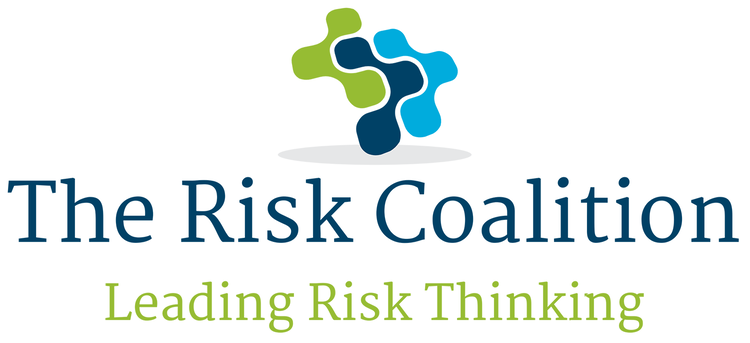Given a choice, most boards and CEOs - you would imagine - would prefer forward-looking, concise information on the risk/certainty of achieving an organisation’s most important objectives over a stack of internal audit reports and risk register reviews/heat maps from the previous quarter.
(There may be a small percentage of cases where the CEO doesn’t want their board to know the true risk/certainty linked to top value creation/preservation objectives – always a sign of an unhealthy leadership culture.)
One of the big barriers to change is that traditional risk management and internal audit methods have often not provided deep enough analysis and critical oversight of the likelihood of a company achieving its key strategic objectives and the majority of CEOs/boards have been okay with that.
Risk functions and internal audit are often thought to be more compliance responses and not linked to driving long term strategic success.
Internal audit functions produce information from a combination of traditional internal audit methodologies. CEOs and boards do not usually get definitive objective-centric information from Internal Audit on risk/certainty status.
Risk functions also tend to focus on risk-centric assessments without providing sufficient guidance to CEOs and boards on risk certainty status based on information linked to key value creation and preservation.
Boards and executive teams are now being pressured by institutional and other investors and, to some extent also, by regulators to demonstrate more effective board oversight of strategy and the risk management process linked to strategy. This is starting to help drive change. Both risk management and internal audit departments will, however, have to significantly raise their games if they are going to help management complete risk/certainty assessments on key strategic objectives to long term success.
So will Chief Risk Officers and Heads of Internal Audit find these new board expectations an exciting challenge and a huge career opportunity?
Or will they hunker down and stick with traditional risk management and internal audit methods until forced to change?
Some may wait too long while markets and consumers make the painful decisions for them and the companies who rely on their advice.
The damage may be irreparable.
Tim Leech - Risk Oversight Solutions Inc, Toronto, Canada

